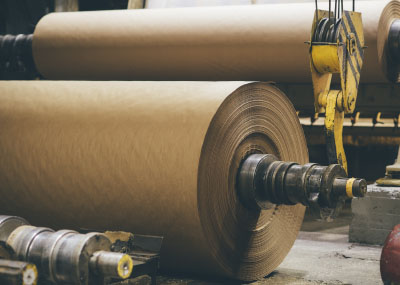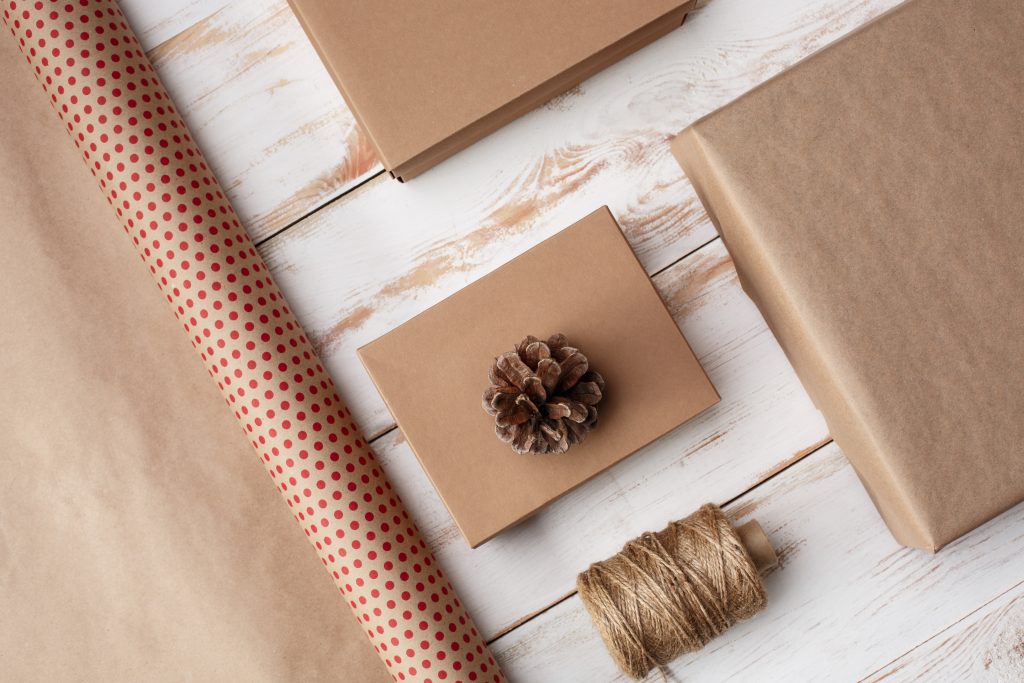
A Guide to Different Types of Paper
A simple yet versatile material, paper comes in many different shapes and types, each serving a unique purpose in industry, crafts, and everyday life. From simple printing to specialized applications, understanding the different papers can add value to your projects and improve your experience. Let’s delve deeper into the world of paper and explore its different
Bond paper:
Bond paper is commonly used for printing and writing and is known for its durability and strength. Its smooth texture and excellent erasability make it ideal for letterhead, stationery, and general office printing.
Offset paper:
This type of paper is optimized for offset printing and is preferred for its high quality and high volume throughput. Because it has excellent ink absorption and quick drying properties, it is used in books, magazines, newspapers, etc.
Coated paper:
Coated paper has a glossy or matte surface layer that increases the vibrancy of colors and produces sharper images. Often used for brochures, magazines, and high-quality printed materials.
Newspaper:
Newspaper is characterized by its rough texture and light weight, and is used for mass-produced items such as newspapers and flyers. Cheap, but not suitable for high-resolution printing.
cardboard:
Thick and durable cardboard is perfect for a variety of crafts, invitations, greeting cards, and business cards. Available in a variety of weights and styles, providing versatility for your projects.

cardboard:
Thick and durable cardboard is perfect for a variety of crafts, invitations, greeting cards, and business cards. Available in a variety of weights and styles, providing versatility for your projects.
6 .Art paper:
Designed for artistic purposes, art paper comes in a variety of textures and finishes, including watercolor paper, sketch paper, and pastel paper. Suitable for painting, drawing and other creative purposes.
Tissue paper:
Tissue paper is delicate and lightweight, so it is widely used in packaging, gift wrapping, and crafts. It comes in a variety of colors and is known for its softness.
Cooking paper:
Heat-resistant and non-stick parchment paper is essential for baking and cooking applications. Non-porous surface makes it difficult for food to stick.
Special paper:
There are many different types of specialty paper, including textured paper, metallic paper, and handmade paper. These address specific aesthetic or functional requirements in various projects.
Watermark paper:
This type of paper has faint patterns or marks that are visible when you hold it up to the light. Often used for security purposes on official documents, certificates, or expensive stationery.
Understanding these different types of paper will help you make better decisions when choosing the right paper for your specific needs. Whether it’s for printing, crafting, artistic purposes, or practical use, choosing the right paper can have a big impact on the outcome of your project.
Experimenting with different textures, weights, and finishes opens up a world of creative possibilities and can add depth, character, and functionality to your pieces. Have fun with different papers and get inspired for your next masterpiece.

